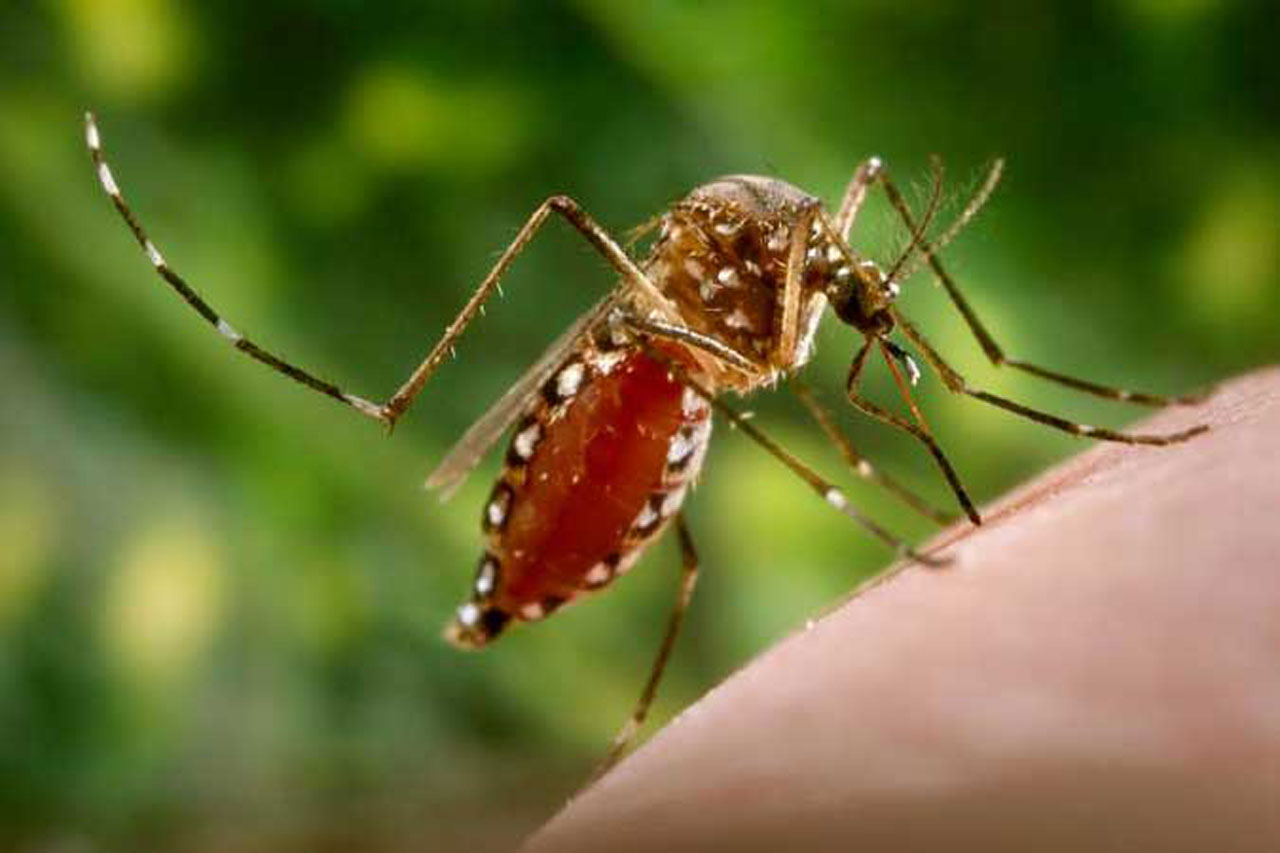Rise in dengue cases due to seasonal rain, climate change

A SPIKE in dengue cases this year can be attributed to typhoon rainfall and climate change, creating the perfect breeding ground for Aedes aegypti, the mosquito responsible for transmitting dengue in the Philippines.
“[Dengue-carrying mosquitoes] prefer high humidity and temperature. That’s why climate change may have a role in the increase in dengue cases worldwide,” said Dr. Belle M. Ranile, a pediatric infectious disease specialist from Cebu City, at a June 10 webinar hosted by the University of the Philippines (UP).
The Department of Health (DoH) recorded 34,938 dengue cases from January to May this year — 23% higher than the 28,336 cases logged in the same period in 2021.
Central Visayas had the highest number of dengue cases in the Philippines, with 4,544 cases, followed by Central Luzon with 4,312 and the Zamboanga Peninsula with 3,215.
“Majority of cases are also in the pediatric age group,” added Dr. Ranile, pointing out that in her hometown of Cebu, 446 out of the 936 dengue patients recorded in the aforementioned period were aged 1 to 10 years old.
DoH has been monitoring disease trends to curb the surge in dengue cases, according to Health Undersecretary Maria Rosario S. Vergeire.
“We’re ready to respond to any healthcare aid any Juan or Juana may need,” she said in a press conference at the start of June, which is National Dengue Awareness Month.
She offered four prevention tips:
- Search for and destroy mosquito-breeding sites (clogged drains, water containers, flower pots and vases, gutters, pails, and unwanted tires, cans, and bottles);
- Secure self-protection measures like mosquito repellent, long pants and long-sleeved shirts;
- Seek early consultation; and
- Support fogging/spraying in hotspot areas.
Dr. Sergio Zelig Javier, head of environmental health and sanitation at the Cebu City health department, explained that the DoH’s dengue control program includes destroying mosquito-breeding sites, like areas holding water that are hard to drain.
“During the pandemic period, there have been limitations in implementing this. Fortunately, community quarantine played a role in the decrease of cases,” he said at the UP webinar.
In addition to the rainy season, climate change, and increased mobility, experts also cited Filipinos’ delayed health-seeking behavior as a cause for the increasing number of dengue cases.
“For these reasons, the dengue virus is ‘hyperendemic’ in the Philippines, making it the Southeast Asian country with the highest risk of dengue,” said Evalyn A. Roxas, clinical associate professor of infectious diseases at the UP Philippine General Hospital.
Since there is no available vaccine and cure yet for dengue, she reminded everyone to seek early consultation for symptoms like fever, severe headache, swollen glands, pain behind the eyes, intense joint and muscle pain, rashes, nausea, and vomiting. — Brontë H. Lacsamana



